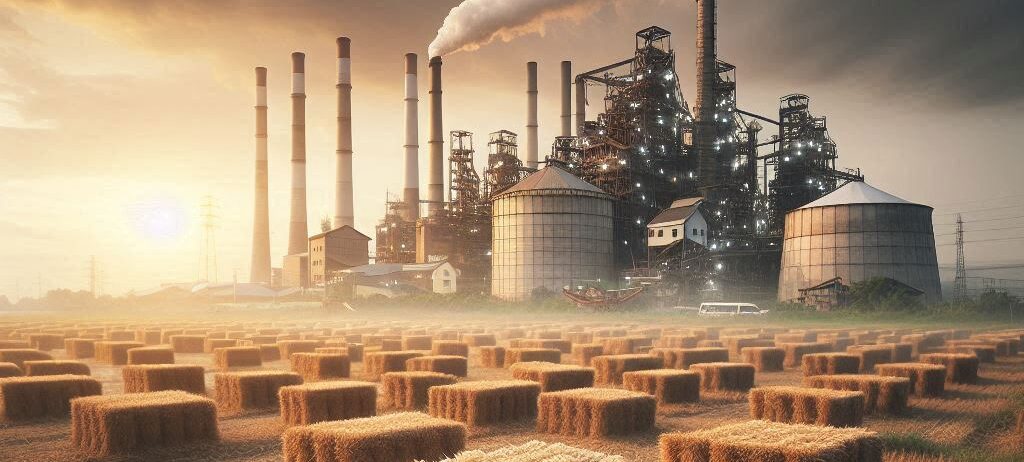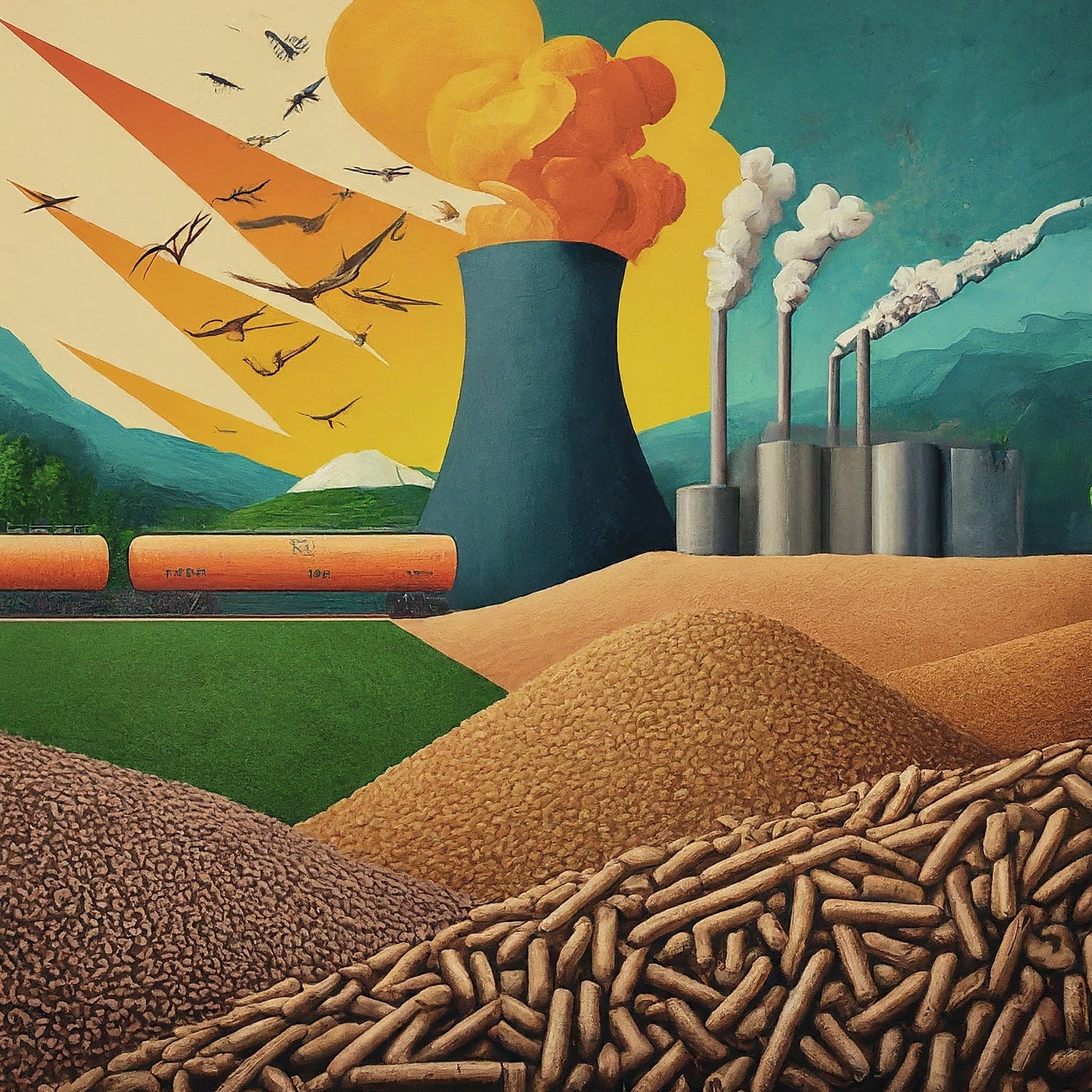
What are the key differences in efficiency, handling, and environmental impact between using raw paddy straw and paddy straw pellets in a boiler?
Using paddy straw directly in a boiler and using paddy straw pellets in a boiler present different challenges and advantages. Here are the key points comparing the two:

Challenges of Using Paddy Straw Directly in Boilers:
- High Ash Content:
- Paddy Straw: It has a high ash content, around 15–20%, which can cause slagging and fouling in the boiler.
- Paddy Straw Pellets: The pelletization process reduces ash-related problems as the ash content in pellets can be better managed.
- Moisture Content:
- Paddy Straw: Typically has a high moisture content (12-20%), which reduces combustion efficiency and can lead to incomplete combustion.
- Paddy Straw Pellets: During pellet production, the moisture content is reduced to around 8-10%, resulting in better combustion and higher efficiency.
- Bulkiness and Handling:
- Paddy Straw: Paddy straw is bulky, making it difficult to store, transport, and handle. Its low bulk density increases logistics costs.
- Paddy Straw Pellets: Pellets have higher bulk density (600-750 kg/m³), making them easier and cheaper to store and transport.
- Calorific Value:
- Paddy Straw: Has a lower energy density due to higher moisture content and poor combustibility.
- Paddy Straw Pellets: The calorific value of paddy straw pellets is higher (around 3500–4000 kcal/kg), improving boiler efficiency.
- Boiler Design:
- Paddy Straw: Many conventional boilers are not designed to handle loose biomass like paddy straw, leading to clogging and uneven burning.
- Paddy Straw Pellets: Boilers designed for pellets offer more uniform combustion, fewer emissions, and less operational disruption.
- Emissions:
- Paddy Straw: Direct burning releases more particulate matter, leading to higher emissions of pollutants such as CO2 and NOx.
- Paddy Straw Pellets: Pellets burn cleaner and produce fewer emissions, especially in modern boilers with emission control systems.
- Combustion Efficiency:
- Paddy Straw: Uneven combustion, clinker formation, and high ash content make it difficult to achieve high combustion efficiency.
- Paddy Straw Pellets: Provide more consistent and efficient combustion with less clinker formation due to their uniform size and composition.
- Corrosion and Clinker Formation:
- Paddy Straw: Contains silica and other minerals that lead to corrosion and slagging on the boiler tubes, reducing lifespan.
- Paddy Straw Pellets: While these challenges still exist, pelletization can reduce the severity of clinker formation, especially when mixed with other biomass.
Advantages of Using Paddy Straw Pellets in Boilers:

- Higher Efficiency: Better combustion properties, lower moisture, and higher calorific value improve overall efficiency.
- Reduced Storage and Handling Costs: Higher bulk density makes logistics more cost-effective.
- Cleaner Combustion: Reduced emissions and fewer operational issues such as fouling or corrosion.
- Standardized Fuel: Pellets provide a more uniform fuel in terms of size and moisture, leading to predictable performance in the boiler.

